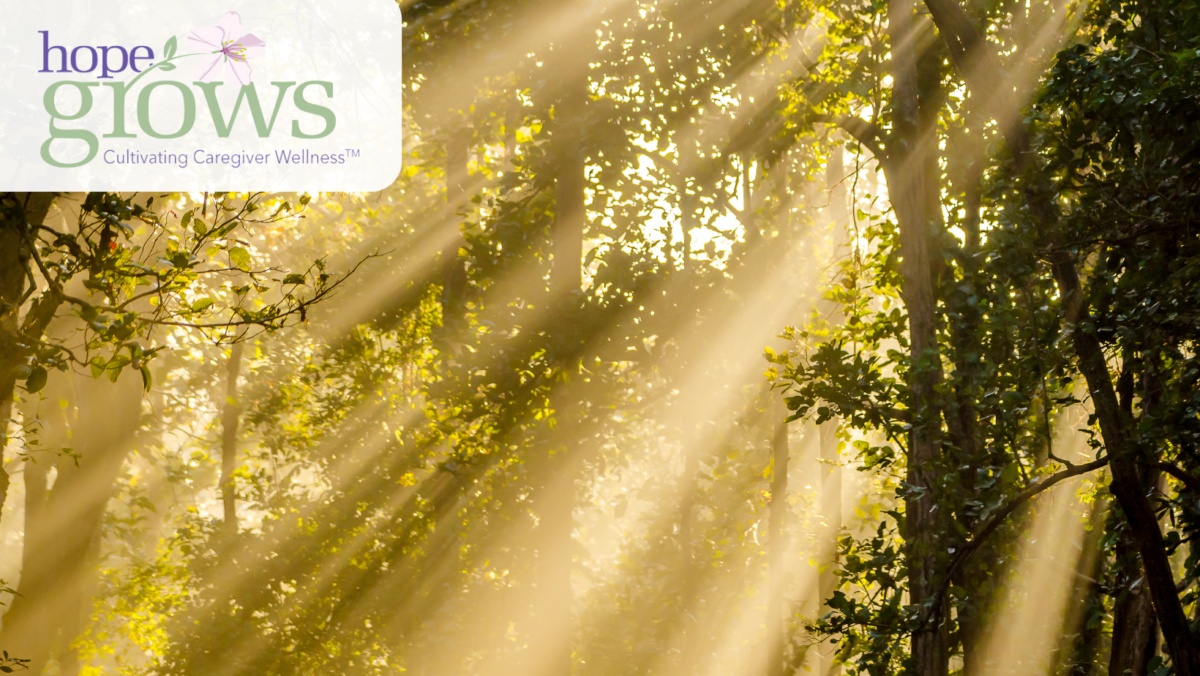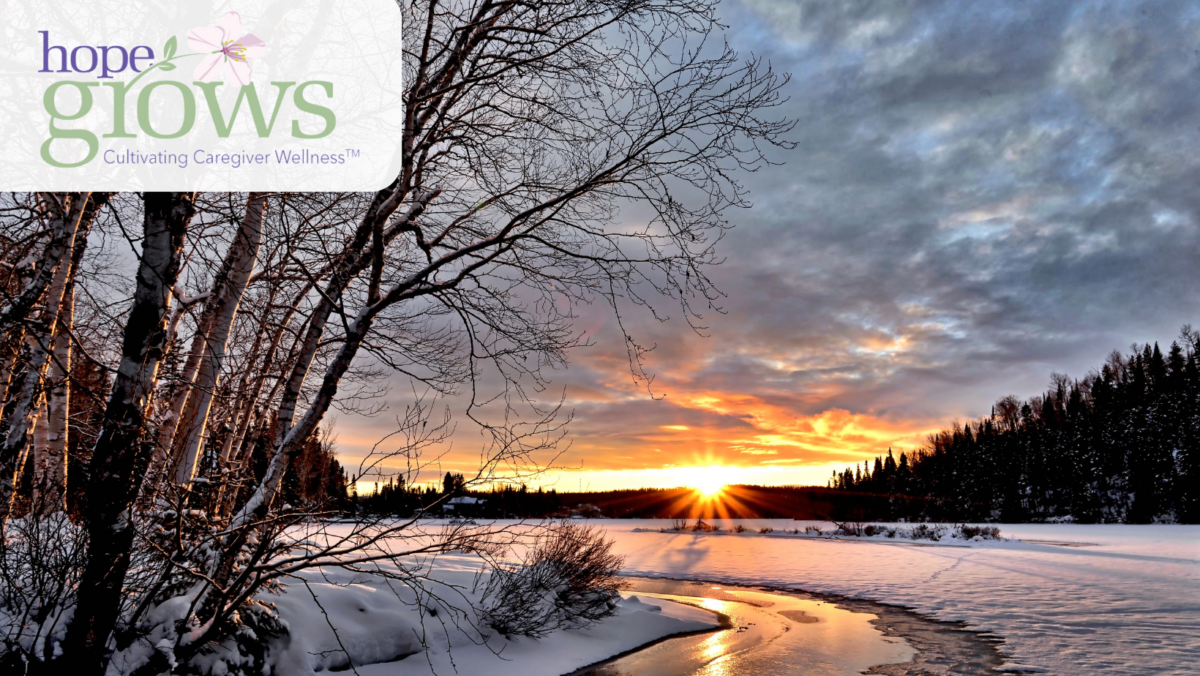What the Light Reveals: A Summer Solstice Reflection
The rain is falling in sheets as I glance up from my computer screen—a scene that’s become a bit repetitive this spring. This has been the wettest season I’ve seen since we moved here, and the clouds just keep coming. I find myself thinking about the upcoming summer solstice—the longest day of the year, when the sun reaches its highest point in the sky—and wondering: how are we already here? It feels like the spring equinox was just a few weeks ago. Time is rushing, and I’m struggling to catch my breath.
There’s a part of me that’s irritated by the rain—how it traps us indoors, delays garden work, thwarts the ever-growing to-do list. But there’s another part that’s oddly grateful. The rain has made the list a little shorter today. Nature, in all its wild unpredictability, can disorient us—but also reorient us. A heavy downpour might feel like an intrusion, but sometimes it’s exactly what we need to pause, to breathe, to recalibrate.
That reorientation happened to me once during a family camping trip, in the form of a summer thunderstorm. Fifteen or twenty of us, from babies to grandparents, set up camp in the beautiful Bighorn mountains near Buffalo, Wyoming. We were enjoying riding four-wheelers, fishing, and fort-building one afternoon, until the summer sky unleashed its fury. Thunder, lightning, whipping wind, and torrential rain halted our afternoon activities. We rushed to the campers to get out of the weather. The sky became so dark we lit lanterns in the campers, and we played cards, ate snacks, and engaged in deep conversations for a few hours while rain pelted the windows. The things we talked about might never have come up had we not been forced into tight quarters all together. We learned things about each other, felt seen and heard by our closest people, and learned a few new card games, too.
That storm taught me that sometimes, when we’re forced to slow down, something else—connection, insight, healing—can emerge. I’ve seen that truth mirrored again and again in caregiving. During seasons of caregiving, days don’t often pause unless they’re interrupted. But when they are, we might find—like I did in that camper—that there’s more waiting inside us than we realized.
Caregivers often live by lists. We plan, prepare, move forward, check the next thing off. That rhythm gives us structure, and sometimes, a sense of control. But there are things in life that don’t fit neatly on a list—emotions too complex, griefs too heavy, questions too big. So, we tuck them away into what I’ve come to think of as the black holes of the soul: tiny internal spaces that seem to hold everything we don’t have the capacity to process.
NASA describes a black hole as a place in space where gravity pulls so strongly that even light can’t escape. It’s a collapse of matter into a small, dense point—so dense, in fact, that it becomes invisible. I wonder if we carry these places inside us—emotional singularities, where the important things we don’t want to feel are crammed into hidden corners, packed tightly until their gravity becomes impossible to ignore.
On the busiest days, when we’re rushing from one responsibility to the next, those inner black holes stay sealed. But what happens when life pauses us—when we’re metaphorically forced indoors by a storm? When that stillness comes, so too can the reckoning.
Unlike in space, the black holes within us are not inescapable. Sometimes all it takes is a breath, a moment of quiet, for what’s been buried in darkness to rise to the surface and ask for our attention.
The summer solstice is its own kind of paradox. It marks the height of light, but also the turning point—the day after which each one grows a little shorter. On this peak day, we are reminded that expansion and retreat coexist. That growth is always followed by rest. That the arc of light, like the arc of our own lives, is cyclical.
In many spiritual traditions, the solstice isn’t just about the outer sun—it’s also about the inner fire. That vital, creative, truth-telling spark within us. This is a time for illumination—when what’s been hidden or unconscious is invited into full light, when we are called to reveal, the theme we’ve been exploring this month. Maybe this summer solstice is the invitation we’ve been waiting for to pull all that matters out of the black holes of our souls, to let the light of longer days penetrate the parts of us we’ve shoved into the dark.
When we’re caregiving, our inner fire often gets buried beneath the weight of responsibility, and over time, our creativity and vitality can begin to dim. It’s easy to believe we’ve lost ourselves entirely. When a season of caregiving ends—whether suddenly or slowly—it can feel disorienting. In those tender moments, retreating into the black holes of the soul may feel like safety, a place to hide while we figure out who we are now. But just like the gardens bursting into bloom after months of rain and shadow, we aren’t made to live in perpetual darkness. Something within us always reaches for the light, even as our roots continue to grow in the unseen soil.
Perhaps this summer solstice offers us an invitation: to come into the sun’s warmth and let it touch the places within us that have gone cold. At first, that light might feel harsh—we may instinctively shield our eyes, unaccustomed to its brightness. But it is as much a gift as the quiet dark of winter, which offers us retreat, rest, and reprieve. We were made for both. To thrive, we must allow ourselves the full cycle—the rooting and the rising, the dark and the light.
At Hope Grows, the gardens are responding to this season with wild generosity. The annuals and perennials are blooming, the greenery is lush, and the scent of fresh soil greets us at every turn. We’re in full swing with programming—support groups, children’s camps, events, and longer days in the garden. This is a season of fullness, of joy, of activity.
And still, the rain falls.
Stillness interrupts the pace. The storms give us space to tend not just the land, but our inner landscapes—to acknowledge what’s been stored away and allow the warmth and light of the season to touch even the parts we’ve hidden from ourselves.
This solstice, may we take a cue from nature—boldly blooming, even while surrendering to cycles beyond our control. May we notice what’s asking to be revealed. May we pause long enough to let the light in.
Written by Laura Gamble
Clinical Administrative Coordinator



